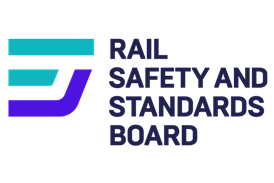
NORWAY: Infrastructure manager Bane NOR confirmed on December 3 that it intends to prioritise the implementation of ETCS around Oslo by 2026, having been forced to postpone the construction of additional tracks through the Brynsbakken district to relieve a major bottleneck on the approaches to the capital.
The Gardemobanen, Gjøvikbanen and Hovedbanen main lines all meet at Brynsbakken, close to the important Alnabru freight yard about 4 km east of Oslo S. Having investigated 13 options to reduce the number of conflicting movements, Bane NOR and the City of Oslo’s Planning & Building Agency determined that the best option was to add another pair of tracks between Vålerenga and Kværnerbyen.
This was felt to have the fewest negative consequences and provide the greatest benefit. However, it would require some land acquisition, and the demolition of around 20 houses between the Gardermobanen and Gjøvikbanen. The affected householders challenged the proposals through the planning process.
The municipality had been due to publish a new zoning plan for Brynsbakken in autumn of 2020, but it was delayed eight months, and the final version was only issued on March 24. The zoning decision was then appealed, and the appeals process has not been completed, which prevented the infrastructure manager from starting work on the additional tracks.
‘Throughout the process, we have been clear that the consequence of not reaching a decision by Easter would be a postponement of construction’, explained Project Director Bettina Sandvin. ‘We share the frustration that the project must be postponed. The bottleneck in Brynsbakken leads to congestion for both passenger and freight trains, and will limit the development of climate-friendly transport in Greater Oslo. Our main focus is to solve the bottleneck as quickly as possible.’
Bane NOR had hoped to complete the additional tracks before installing ETCS as part of the national ERTMS programme. With the postponement of the works, it intends to prioritise the introduction of ETCS to provide ‘a more stable railway’ on the Oslo approaches by 2026. In the meantime, it will continue with land acquisition and planning for the additional tracks, with a view to starting construction around 2027.




















